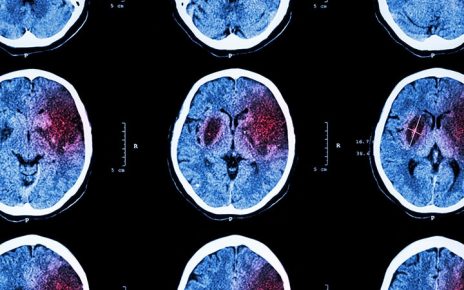
A team of researchers affiliated with multiple institutions in Germany has developed a type of gene therapy that could be used to help people with cystic fibrosis. In their paper published in the journal Nature Nanotechnology, the group describes how they developed a new class of non-viral gene vectors that could be used to reduce symptoms of cystic fibrosis.
Cystic fibrosis is a genetic disorder that impacts the exocrine glands. Patients with it produce abnormally thick mucus in various parts of the body, leading to blockages in the pancreas, intestines and bronchi, quite often resulting in infections—because its symptoms appear early in life, the condition is generally known as a children’s disease. Currently, there is no cure for the disease and patients who have it have significantly shorter lifespans due to “sliming” of the respiratory tract over time.
Prior research has shown that CF is caused by mutations in the Cystic Fibrosis Transmembrane Conductance Regulator (CFTR) gene, which leads to problems with chloride channels. In this new effort, the researchers developed a non-viral gene vector that they used to insert healthy copies of CFTR into the DNA of epithelial cells (where the mucus is produced), which restored functionality of the defective chloride channels. The researchers carried out their work using transposases via a synthetically produced messenger RNA that was delivered to test mice using an inhalant.
Testing on mice showed increased expression of a CFTR protein in respiratory cells, which, the researchers noted, was long-lasting. The overall results were improvements in chloride channel function and a reduction in the production of thick mucus, presumably leading to reduced risk from infections and longer life spans. The researchers note that their work is far enough along to begin conducting clinical trials to see if the approach would work as well in human patients. They also note that their approach could very well be used to help treat other rare lung diseases.
Source: Read Full Article



